Bassano in Teverina is a charming medieval town, located in the province of Viterbo, in central Italy. The village is located on the top of a hill, dominating the Tiber valley and the town is surrounded by walls. Those who visit Bassano can admire the numerous historical monuments of the village. Its beauty is due both to its natural characteristics and to the presence of numerous monuments and places of historical-artistic interest.
The village is located in a strategic position, halfway between Rome and Florence, along the Via Francigena. This position makes it easily accessible by both those coming from the north and the south.
One of the most interesting features of this location is the fact that the town develops along two opposite banks of the River Tiber. This particular conformation offers a breathtaking panorama both to the inhabitants of the town and to the visitors. Inside the village there are numerous monuments and places of historical and artistic interest.
What to visit during a visit to Bassano in Teverina?
Clock tower
The only example in the world to date discovered, the Clock Tower, built on a rectangular base of 7 meters and a height of 25, was built by incorporating the bell tower of the Church of S. Maria dei Lumi between 1559 and 1571. This peculiarity, which remained hidden until the 1970s when the interpenetration between the two structures was discovered during the restorations, being the only example in the world is found in this area.
The church of S. Maria dei Lumi
The Church of Santa Maria dei Lumi was the old church of Bassano in Teverina. It is located at the entrance to the Borgo and was built between 1100 and 1200, due to its lack and the demographic increase of the area. This fell into disuse in 1855, when a new parish was built and inside you can appreciate three paintings: one depicting the Baptism of Jesus; a San Antonio Abate and finally a third depicting the Crucifixion.
Fontana Vecchia
Designed by Cardinal Cristoforo Madruzzo, in 1576, and set inside a niche covered by a barrel ceiling, the cannon pours into a rectangular basin supported by four semi-pillars equipped with strongly projecting molded capitals. On the vault there is the incomprehensible emblem, probably that of the Madruzzo family.
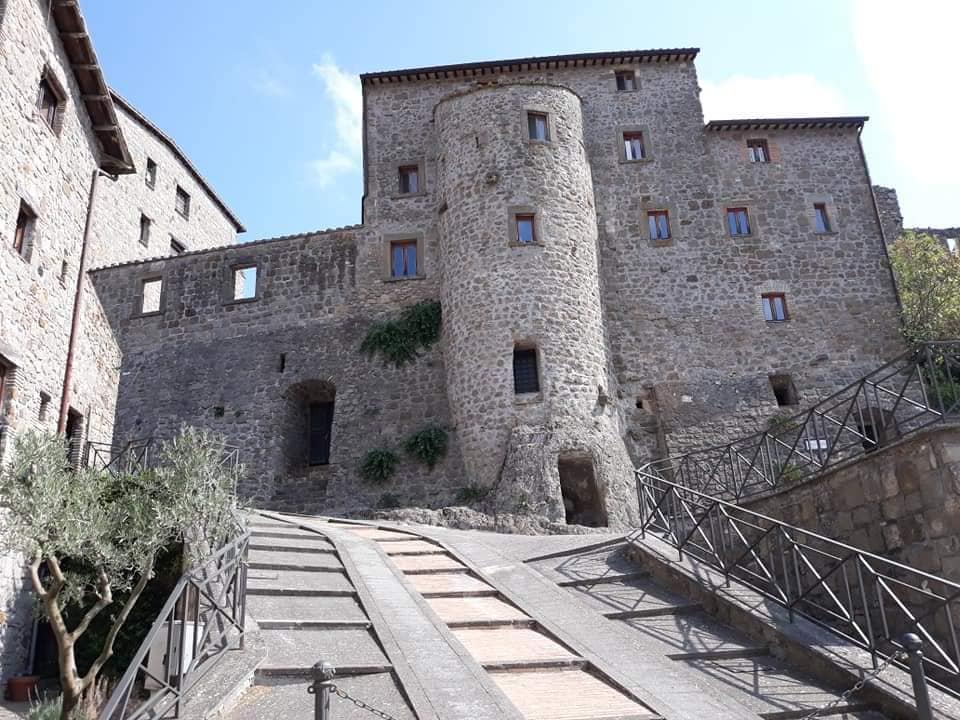
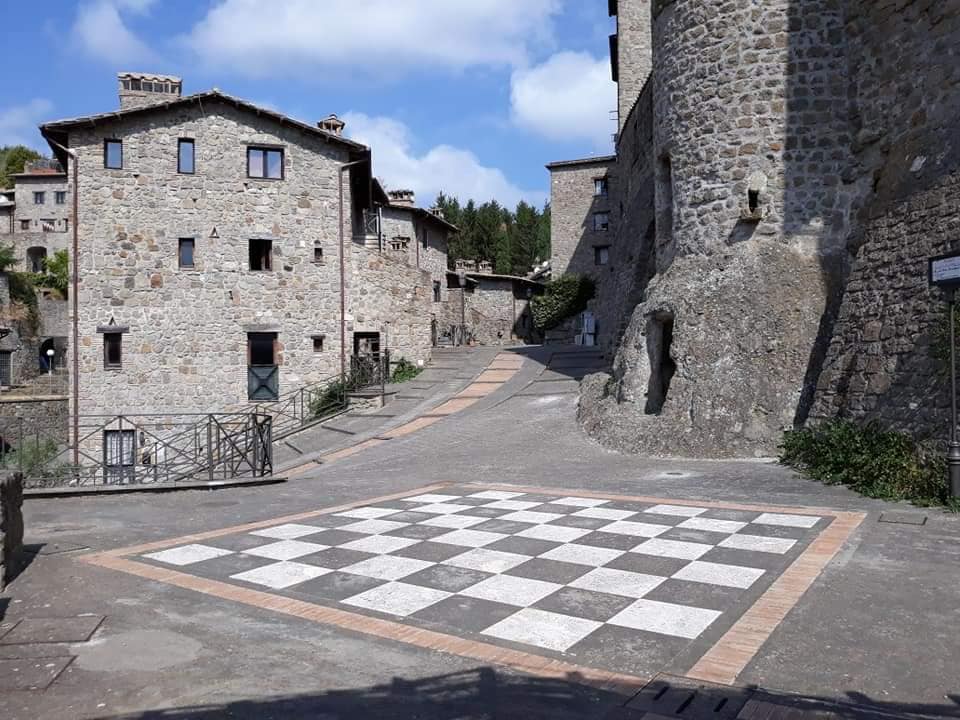
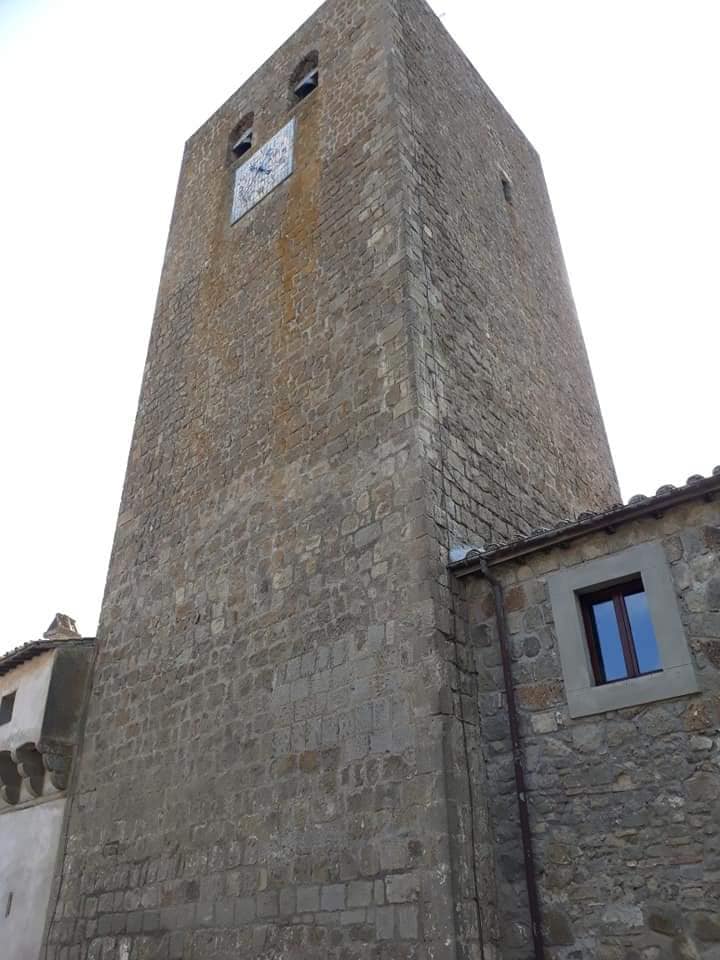
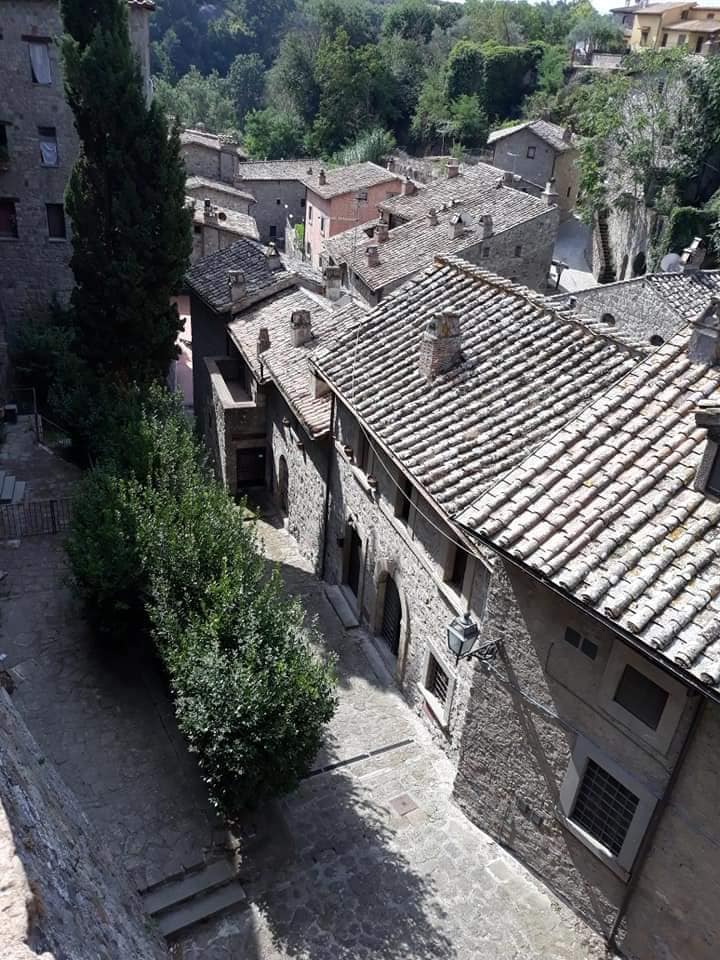
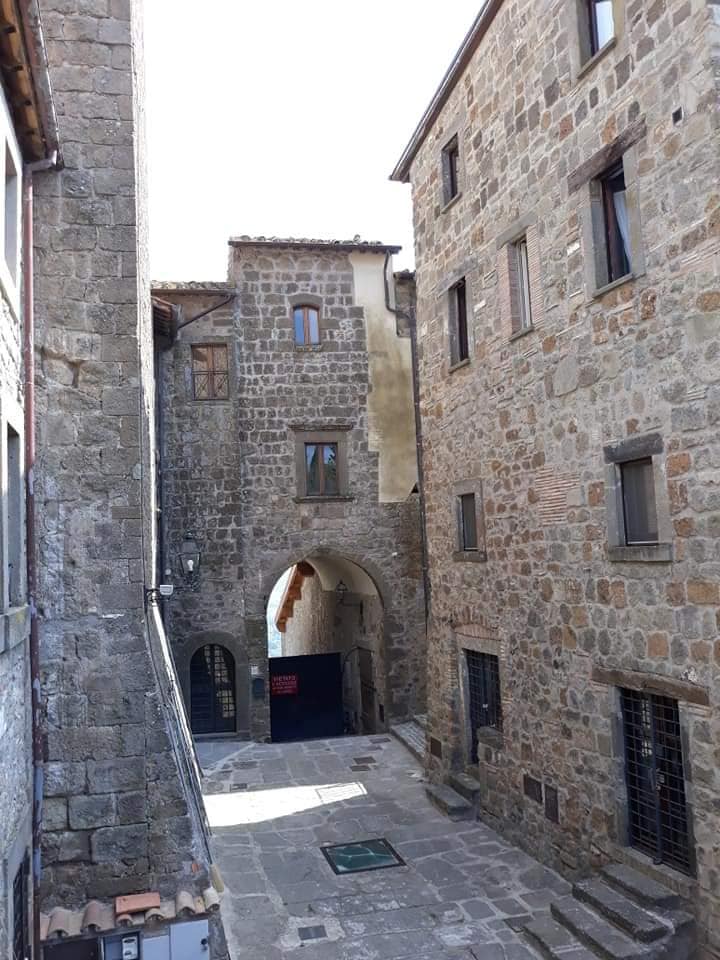


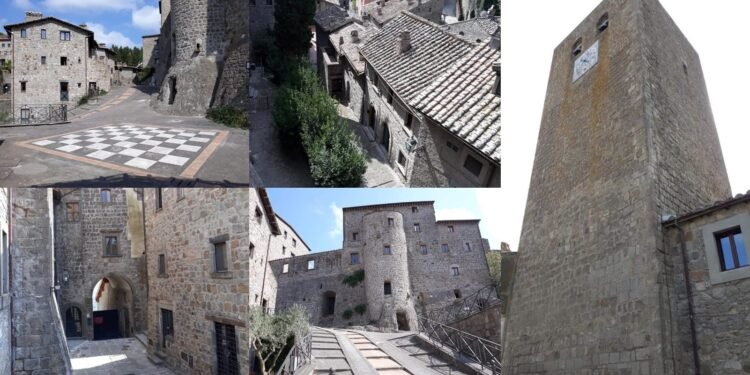






Discussion about this post